For Sale
The following items are listed by for sale by users of the site and dealers. They are in no way endorsed or guaranteed by www.oldswords.com
Add a Classified ItemYou can also receive regular email notifcations when items match your keywords. To recieve them just register or logon at the top right of this page.
- Nation : British
- Local Price : £745.00
- Nation : British
- Local Price : £725.00
- Nation : Indian
- Local Price : £725.00
- Nation : British
- Local Price : £725.00
- Nation : Russian
- Local Price : £725.00
- Nation : British
- Local Price : £695.00
- Nation : Chinese
- Local Price : £695.00
- Nation : British
- Local Price : £695.00
- Nation : British
- Local Price : £695.00
- Nation : British
- Local Price : £695.00
- Nation : British
- Local Price : £695.00
- Nation : British
- Local Price : £695.00
- Nation : British
- Local Price : £695.00
- Nation : British
- Local Price : £695.00
- Nation : British
- Local Price : £695.00
- Nation : British
- Local Price : £695.00
- Nation : British
- Local Price : £695.00
- Nation : British
- Local Price : £695.00
- Nation : British
- Local Price : £695.00
- Nation : British
- Local Price : £695.00
- Nation : Chinese
- Local Price : £695.00
- Nation : French
- Local Price : £695.00
- Nation : British
- Local Price : £695
- Nation : British
- Local Price : £685.00
- Nation : French
- Local Price : £675.00
- Nation : British
- Local Price : £675.00


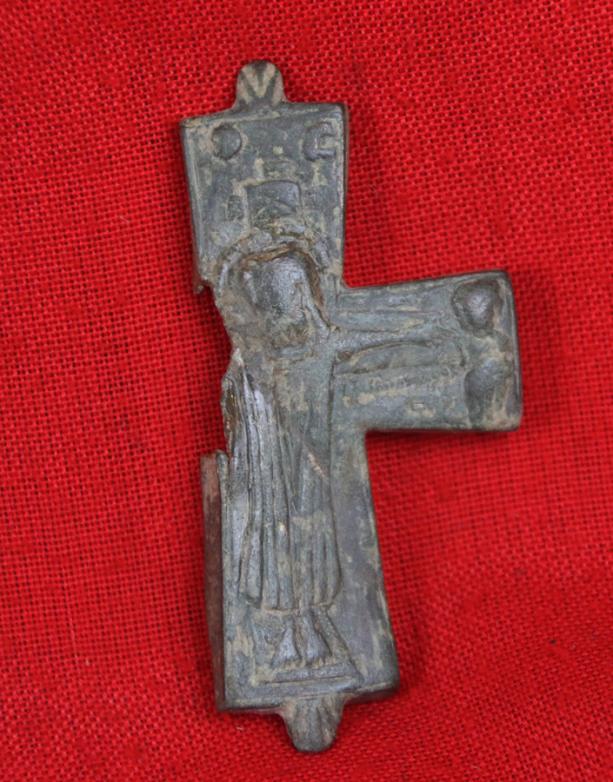
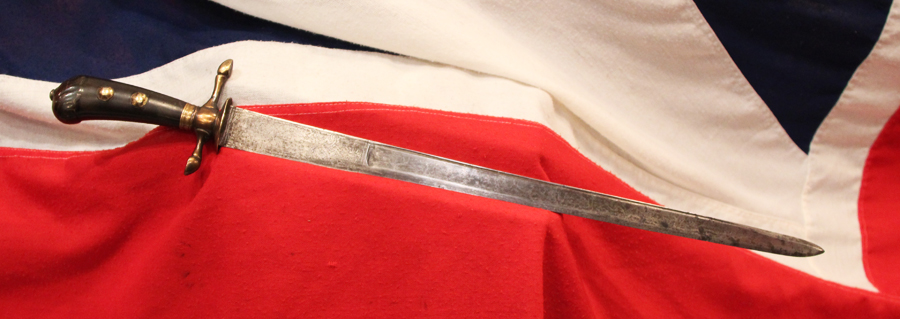
.jpg)

.jpg)


.jpg)
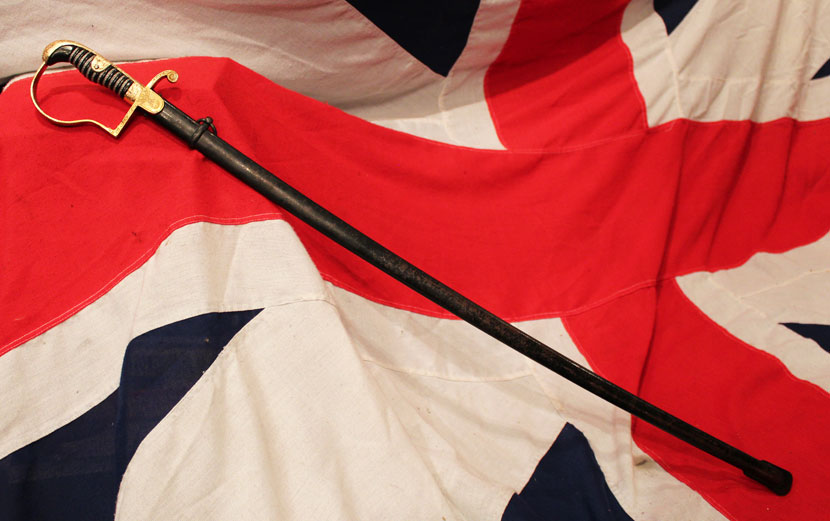
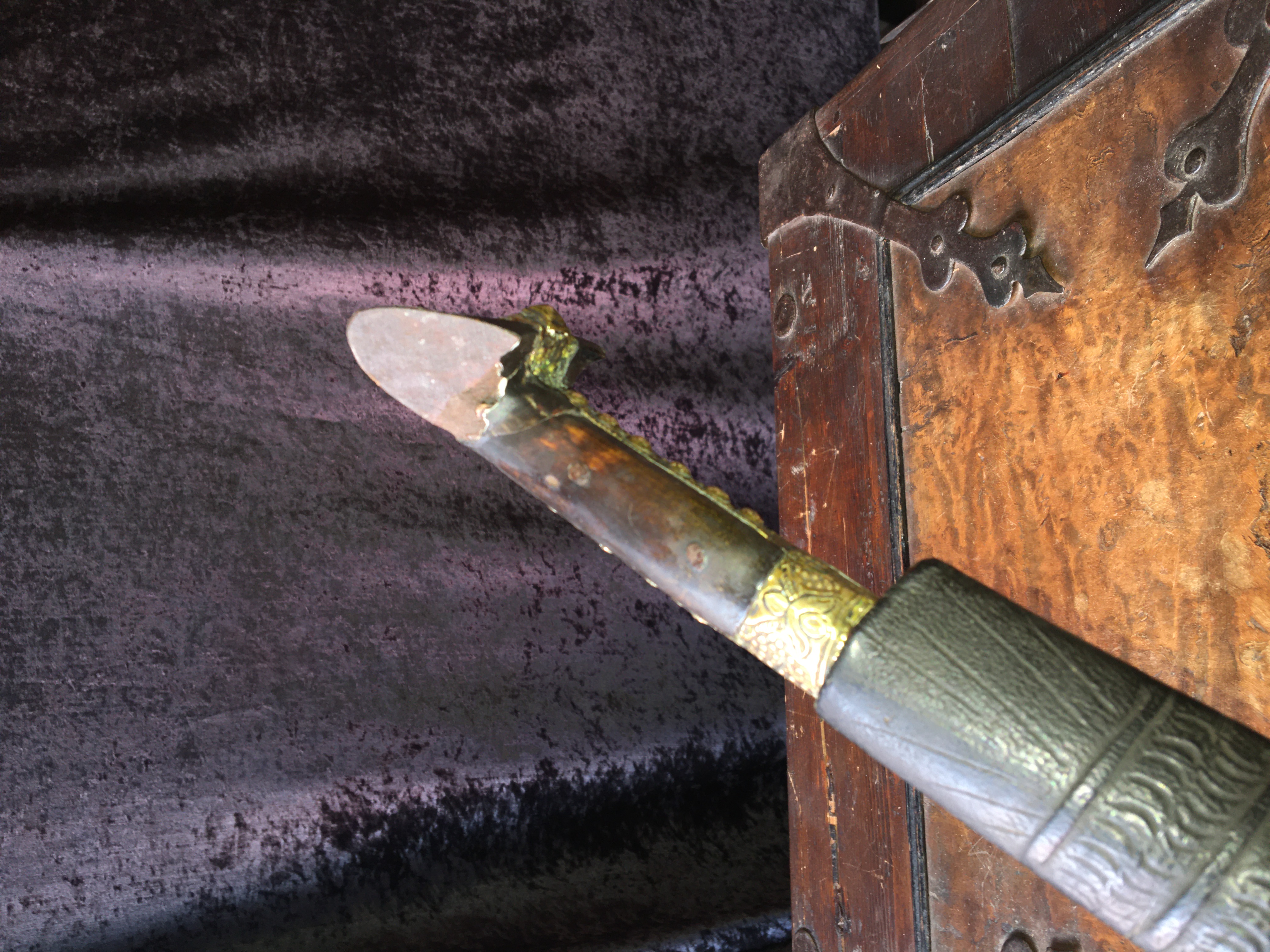
.jpg)

.jpg)
.jpg)
.jpg)
.jpg)
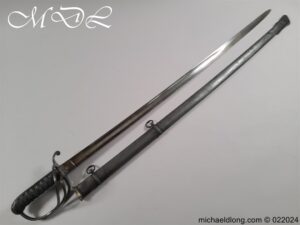
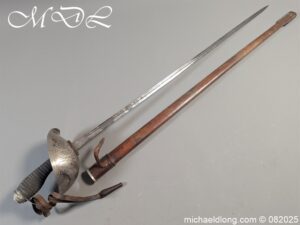
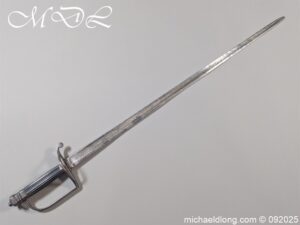
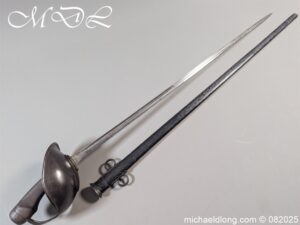

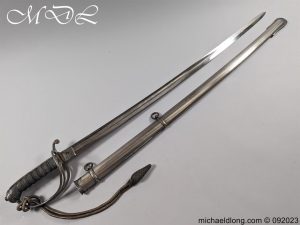
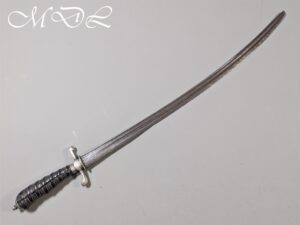




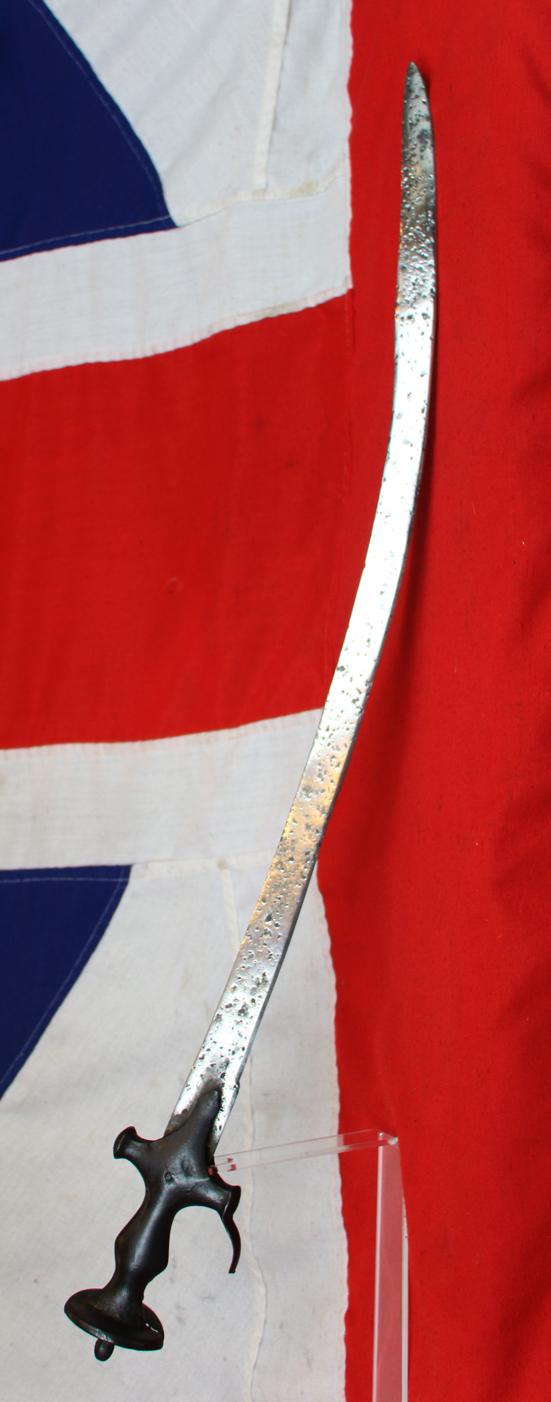



.jpg)